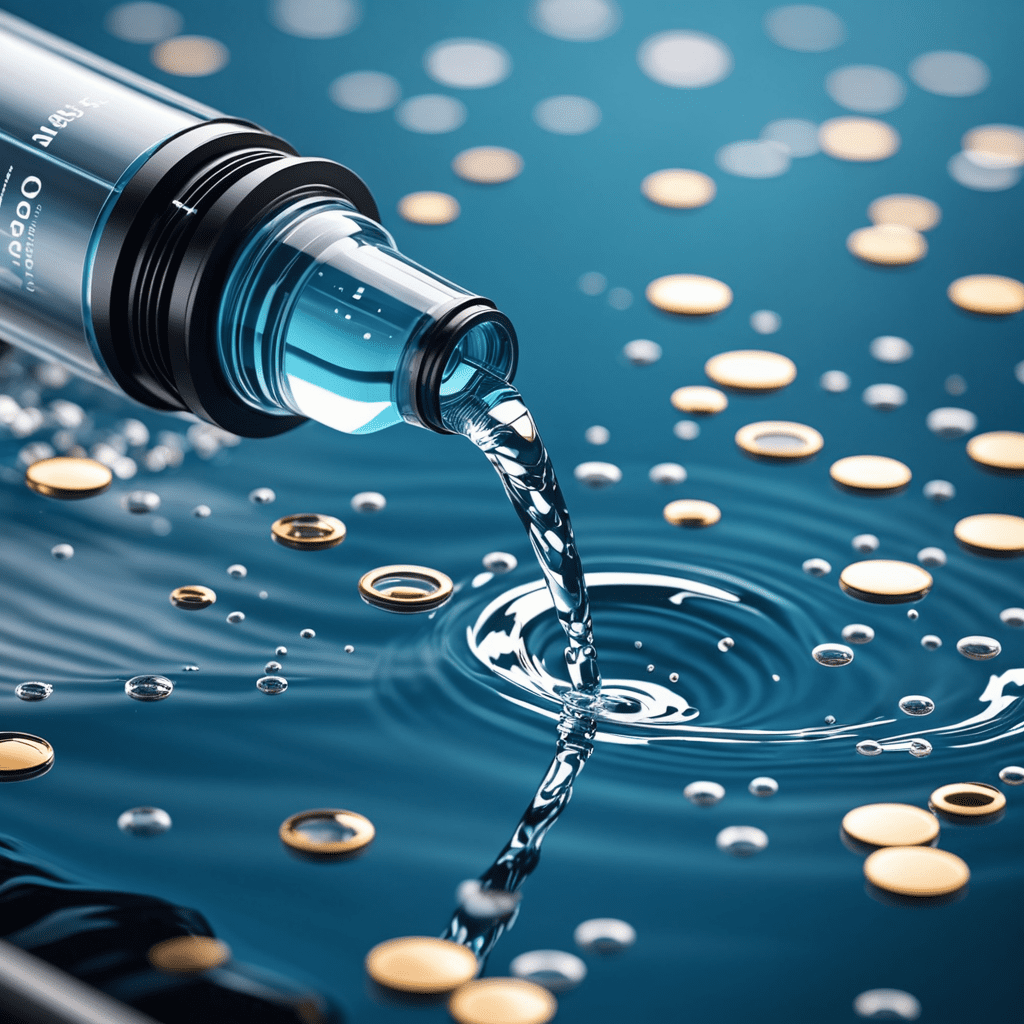
Nanotechnology in Water Purification Technologies
Nanotechnology is revolutionizing the field of water purification, offering innovative solutions to ensure access to clean and safe water. This blog post will explore how nanotech is enhancing water treatment processes.
Understanding Nanotechnology in Water Purification
Nanotechnology involves working with materials at the nanoscale, typically between 1 and 100 nanometers. In water purification, nanotech-based solutions can target contaminants more effectively due to their increased surface area and reactivity.
The Role of Nanomaterials in Water Treatment
Nanomaterials like nanoparticles and nanotubes are being utilized in various water treatment systems. These materials can adsorb pollutants, catalyze chemical reactions, and even disinfect water, leading to improved purification processes.
Applications of Nanotechnology in Water Purification
Nanotechnology is being applied in diverse water purification technologies, including membrane filtration, adsorption processes, and advanced oxidation processes. These applications help in removing contaminants like heavy metals, pathogens, and organic pollutants from water sources.
Advantages of Nanotech in Water Purification
The use of nanotechnology offers several advantages in water purification, such as enhanced efficiency in contaminant removal, reduced energy consumption, and the ability to target specific pollutants. Additionally, nanotech-based solutions can be more cost-effective in the long run.
Challenges and Future Outlook
Despite its promising potential, nanotechnology in water purification faces challenges related to scalability, environmental impact, and regulatory concerns. Researchers are continuously working to address these issues and improve the technology for widespread adoption.
Conclusion
Overall, nanotechnology holds great promise in transforming water purification processes, offering cleaner and safer water solutions for communities around the world. By harnessing the power of nanotech, we can work towards ensuring access to sustainable and potable water sources.
FAQs about Nanotechnology in Water Purification Technologies
What is Nanotechnology in Water Purification?
Nanotechnology in water purification involves the use of nanomaterials, like nanoparticles, to remove contaminants from water at the molecular level, improving water quality.
How does Nanotech Clean Water?
Nanotech uses tiny particles to target pollutants in water, such as heavy metals and bacteria. These nanoparticles can adsorb or catalyze reactions to detoxify water effectively.
What are the Benefits of Nanotechnology in Water Purification?
Nanotech offers higher efficiency in removing contaminants, requires less energy, and can target specific pollutants, making it a promising solution for clean water technologies.
Are there any Challenges with Nanotechnology for Water Purification?
Some challenges include potential environmental impacts of nanomaterials, cost considerations, and the need for more research to ensure long-term safety and efficacy.

